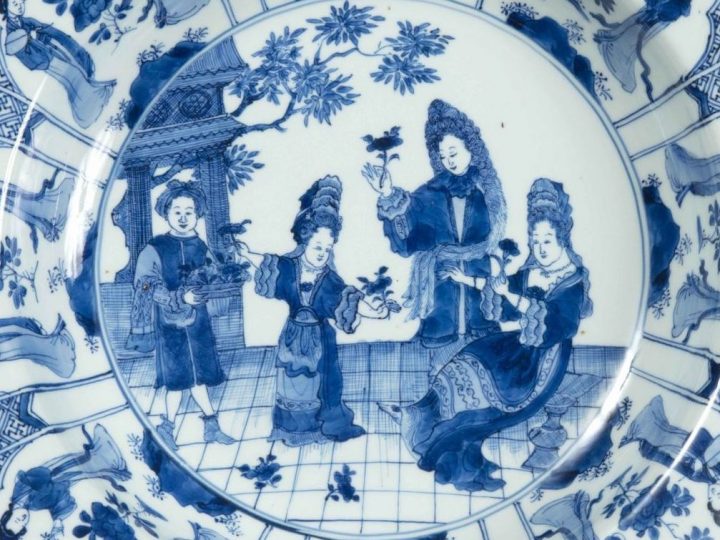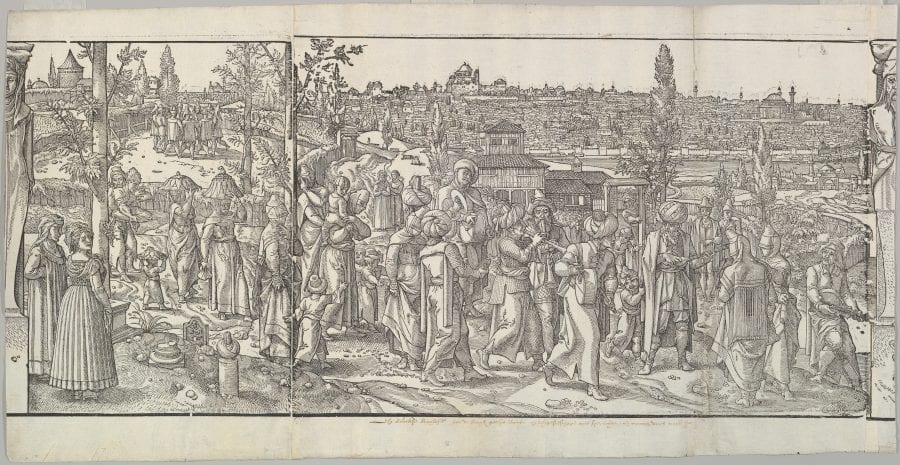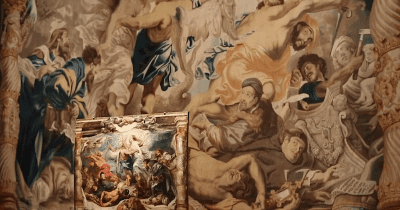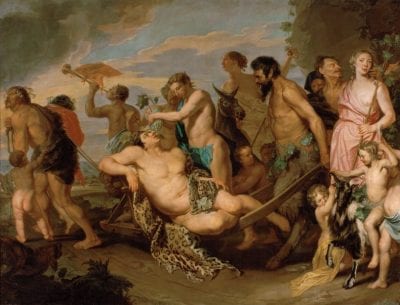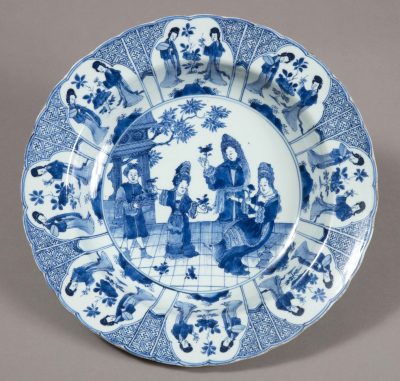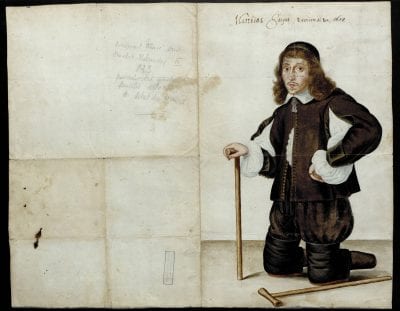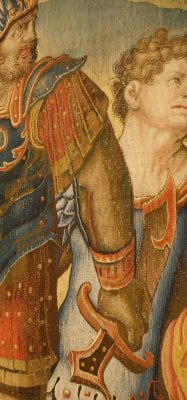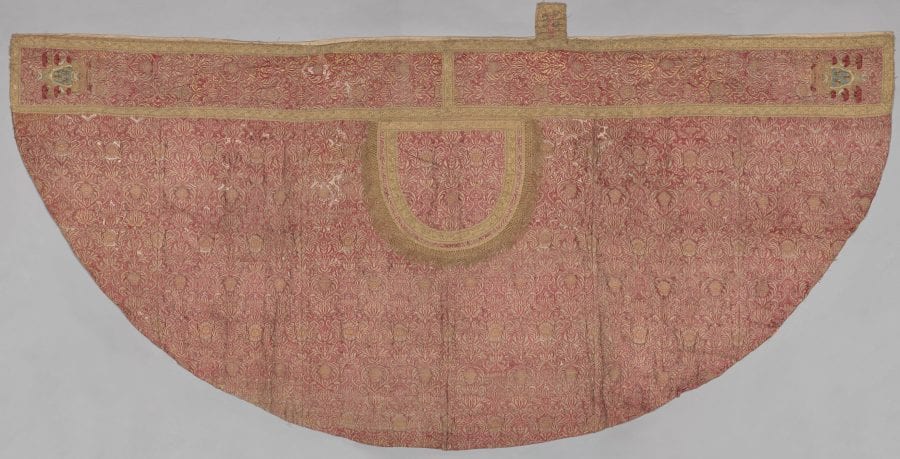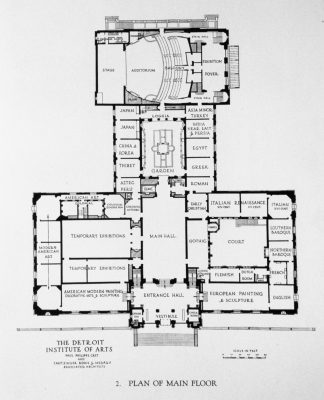As the cultural sector continues to grapple with the challenging and transformative events of 2020 spotlighting the exclusionary practices and social norms that structure museums, JHNA commissioned two roundtables to reflect on the challenges of curating Northern European art. This first one, “Expanded and Expanding Narratives in the Museum,” unites four curators in discussion about the evolving trajectory of art history and the possibilities for new narratives in the galleries. In addressing the increasing momentum for new art-historical ecologies in recent years, the participants discuss the inherently marginalizing effects of canonization; signal the tensions between the art market, perceived museum audiences, and historical collections that continue to shape museum presentations and collecting practices; and highlight some objects from the early modern period that suggest pathways forward for more expansive conversations in museum spaces. The discussion closes with a look at the global entanglement of early modern Europe.
This point will be taken up by the next JHNA Conversation, to be published in the winter 2022 issue, which will reconvene the curatorial team for the groundbreaking exhibition Asia in Amsterdam: The Culture of Luxury in the Golden Age, organized by the Rijksmuseum and the Peabody Essex Museum in 2015–16. Discussants, including a member of their advisory committee from the cultural sector in Indonesia, will reflect on the humility and resourcefulness necessary to present shameful racist histories, the impact of sharing personal—rather than merely collective—stories in the galleries, and the need for museums to participate in the healing of historical wounds. It will also address new research methodologies that inherently expand inclusiveness and surface new types of historical data, leading to a more people-oriented presentation of art history. Both conversations, edited and condensed for clarity for publication in JHNA, have been organized and moderated by Yao-Fen You, Acting Deputy Director of Curatorial and Senior Curator and Head of Product Design and Decorative Arts, Cooper Hewitt, Smithsonian Design Museum, New York.
